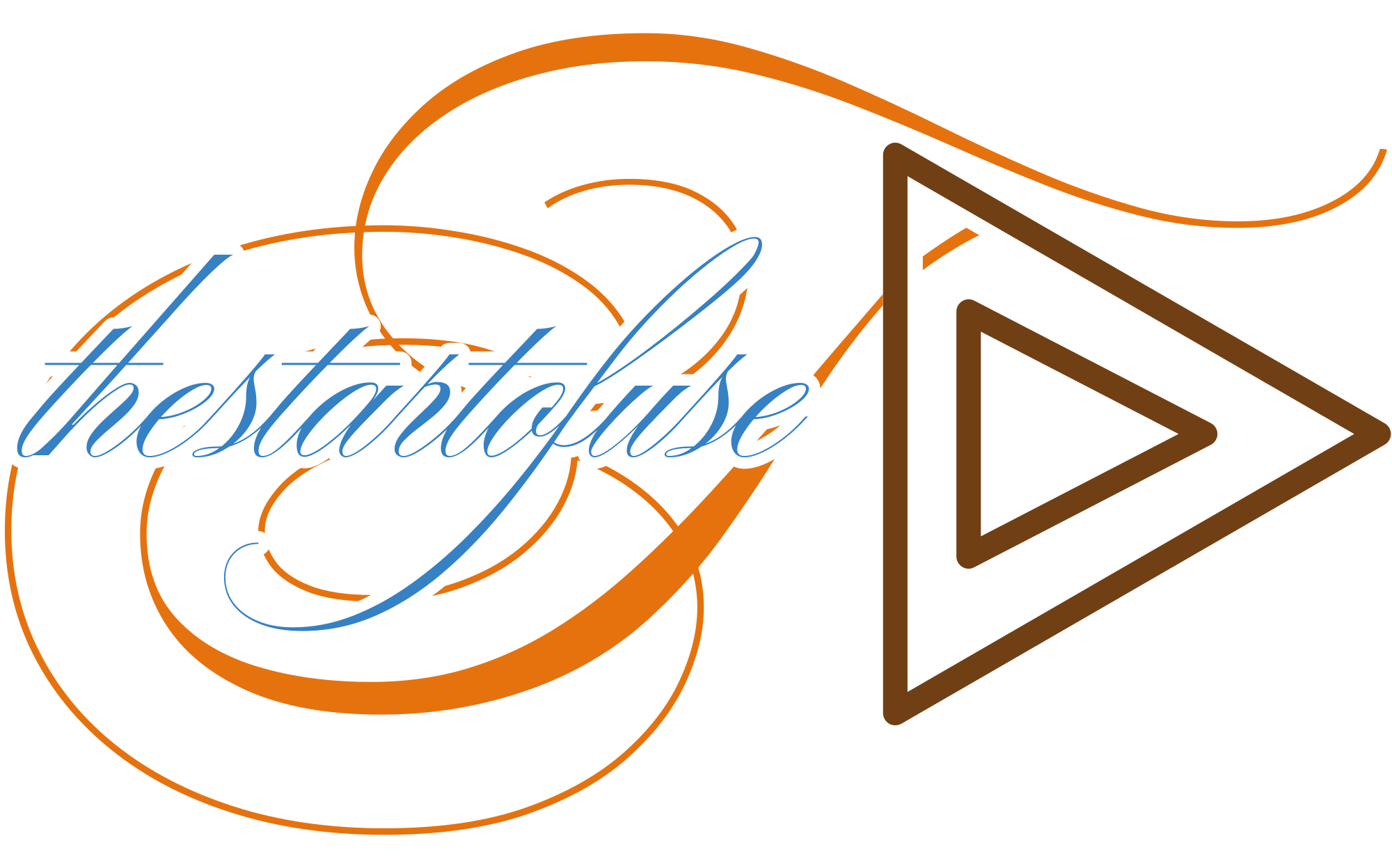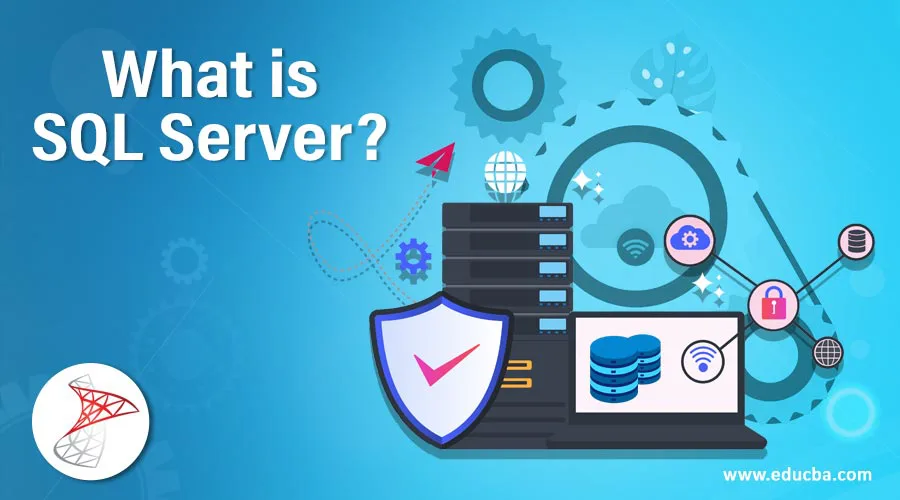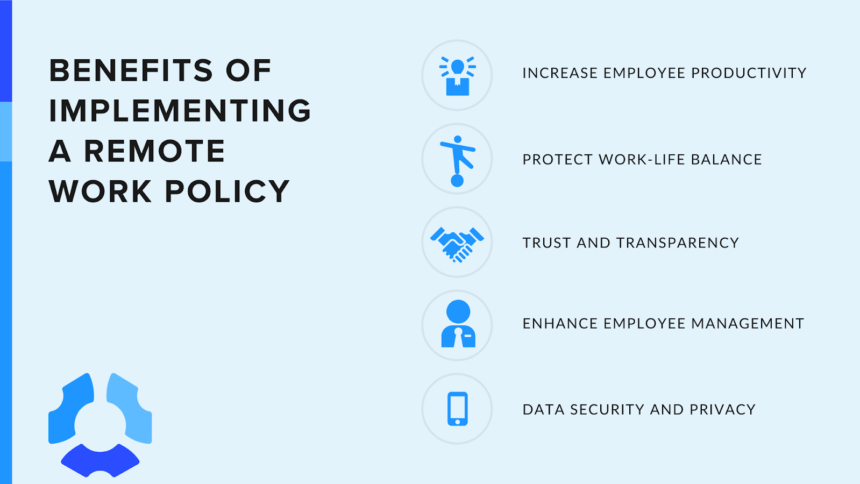What is SQL Server?
SQL Server is a relational database management system (RDBMS) initially developed in the 1980s by Sybase Inc., which is now part of SAP. In 1988, Microsoft collaborated with Sybase and Ashton-Tate to create SQL Server for the OS/2 operating system. This partnership dissolved in 1990, leaving Microsoft with the SQL Server trademark. Today, SQL Server is available on 64-bit Windows, Linux, and the Azure cloud platform. The first version, 1.0, was released in 1989 by both Microsoft and Sybase.
Although Ashton-Tate exited after the first release, Microsoft and Sybase continued their partnership until 1994. In 1993, Microsoft began transitioning SQL Server to run on the new Windows NT operating system, adapting the code from a 16-bit to a 32-bit architecture and enhancing its features. By 1996, Sybase rebranded its product to Adaptive Server Enterprise, and Microsoft retained the SQL Server name, taking full control of its development and marketing.
SQL Server Management Studio provides a graphical interface for database administration, while Transact-SQL (T-SQL) is the procedural language used within SQL Server for database operations.
SQL Server Editions
Microsoft offers several editions of SQL Server, each tailored to different needs:
- Developer Edition: Free and feature-rich, but not licensed for production use.
- Express Edition: Also free, suitable for small databases with a maximum of 10 GB storage.
- Standard Edition: Provides essential features with some limitations on scalability, such as restricted CPU core usage and memory.
- Enterprise Edition: Includes advanced features and supports large-scale, production-level applications.
In response to market competition, Microsoft expanded the capabilities of the Standard Edition in late 2016, incorporating features like In-Memory OLTP, PolyBase, and data compression.
Difference Between SQL and SQL Server
SQL (Structured Query Language) is the standard language for interacting with relational database management systems (RDBMS). SQL Server refers specifically to Microsoft’s RDBMS product. The terms are often conflated, but SQL Server is an application that uses SQL to manage and query databases.
Difference Between MySQL and SQL Server
MySQL is a popular open-source RDBMS, originally developed in Sweden by David Axmark, Allan Larsson, and Michael “Monty” Widenius. It is now owned by Oracle. SQL Server, on the other hand, is Microsoft’s proprietary RDBMS. While both serve similar purposes, they are distinct products with different underlying technologies and codebases.
Is SQL Server a Database?
Microsoft SQL Server is indeed a database server. It manages data storage and retrieval for various applications through a client-server model. SQL Server supports robust features like buffer management to optimize data access and ensures data integrity through ACID (Atomicity, Consistency, Isolation, Durability) properties. It also includes APIs for web-based data access and advanced functions to maintain data consistency and security.
Logging and Replication
To protect data integrity, SQL Server logs every transaction. This ensures that data changes are safeguarded against computer and disk failures. The system can be configured to use failover servers for additional protection against server failures.
SQL Server Replication Services enable the replication of database objects across multiple servers. This can be done through transaction replication for maintaining master database copies or merge replication for synchronizing distributed databases. Snapshot replication is useful for periodic data updates and is efficient for batch reporting.
Who Uses SQL Server?
SQL Server is utilized by a wide range of applications and industries. Interfaces like ODBC and JDBC allow integration with various programming languages and platforms, including Microsoft Excel, C, Java, and Python. Tools like Microsoft Visual Studio and business intelligence platforms like Power BI, Qlik, and Tableau support SQL Server.
SQL Server is often chosen for business applications due to its versatility and integration with other Microsoft products. For instance, SAP supports SQL Server alongside other databases, providing flexibility for various business needs. High-performance applications might opt for Oracle databases, but SQL Server remains a strong choice for many enterprises.
Why Use Actian Zen Over MySQL or SQL Server?
Actian Zen is a high-performance, low-maintenance DBMS, ideal for systems requiring faster processing than what MySQL or SQL Server can offer, particularly in embedded and IoT applications. Actian Zen supports both SQL and No-SQL access, making it versatile for different use cases, and is designed to minimize total cost of ownership (TCO) by reducing administrative overhead.
Why Actian X?
Actian X, originally the Ingres RDBMS, combines transactional and analytical capabilities, making it suitable for a variety of applications. It features a hybrid engine that supports both row-based and columnar data storage, optimized for transactional and business intelligence tasks, respectively.
Actian Data Platform
As businesses transition to cloud-based solutions, the Actian Data Platform offers a significant advantage by maintaining the same high-performance analytics capabilities both on-premises and in the cloud. This platform is compatible with major cloud providers like AWS, Google Cloud, and Azure, allowing seamless data processing across different environments without incurring high data transfer costs. Actian’s technology also supports Hadoop data formats, enabling efficient data access and manipulation directly within Hadoop ecosystems.




